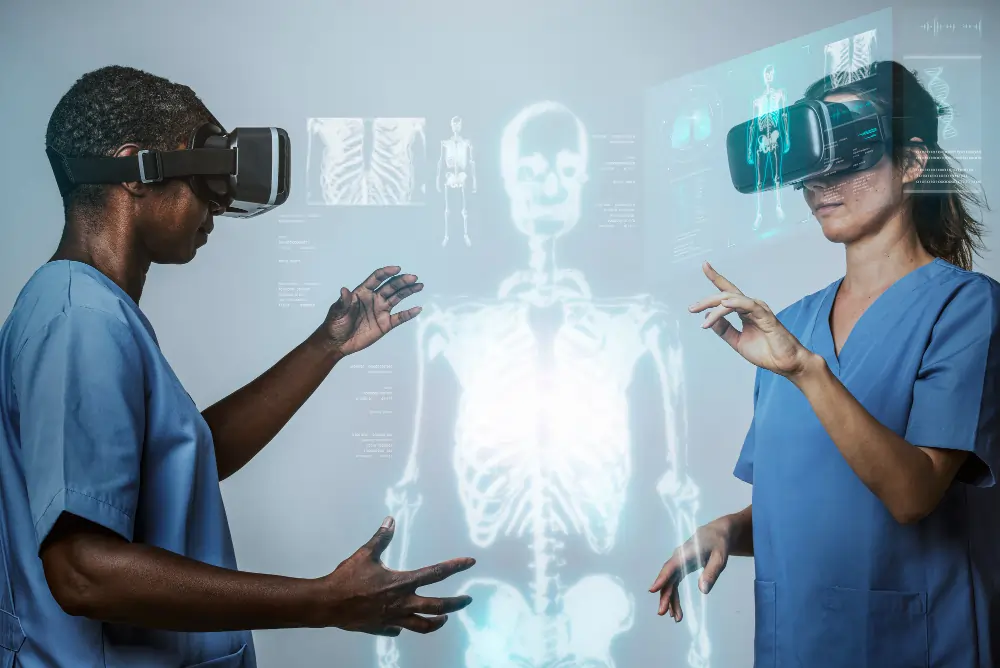- Software
- December 29, 2025
Machine Learning Development Companies: Top Providers and How to Choose
Machine learning development companies manage the entire ML development lifecycle, from product consulting and model training to integration and post-launch support.
Read more- Software
- December 12, 2025
Inside ChatGPT Apps: The Latest Feature Driving AI Visibility
On October 6, 2025, ChatGPT announced its latest update—ChatGPT Apps, a new feature that allows third-party apps to be built and run inside ChatGPT.
Read more- Software
- December 9, 2025
Top AI Chatbot Development Providers to Watch in 2026
You don’t need to know how to build an AI chatbot—only how to choose the right development partner to unlock new business opportunities.
Read more- Software
- December 4, 2025
Custom Web Application Development: Types, Trends & Functionality
Developing a custom web application helps businesses become more accessible worldwide, meaning they can expand their user base and reach a market they may not have had access to before.
Read more












